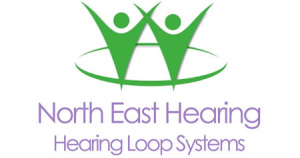Hearing instruments help individuals with hearing loss
Hearing instruments help individuals with hearing loss. Hearing instruments improve audibility, help us hear in quiet and in small groups. However, we have to acknowledge the limitations of hearing instruments as well. Used Alone, Hearing Aids Fail to Deliver, was written by Dr. Linda Remensnyder for the publication Audiology Practices. Dr. Remensnyder contends that people with hearing loss continue to struggle to hear even after they’ve elected to wear hearing instruments. For many individuals, hearing instruments do not work well in difficult listening environments. By difficult listening environments I am referring environments where listeners are seated at an increased distance from a sound source, where background noise is present and/or the environment is reverberant. Research supports the need for improved SNRs in difficult listening environments. A 1990 study by Blair suggested students with normal hearing understood speech with as little as a +6 dB SNR. Blair found students with hearing loss required a +15-25 dB SNR to understand speech.
In addition, Shum, in 2011, showed Directional Microphones, on average provide approximately 3 – 5 dB improvement in SNR. The concern here is that less than optimal SNR improvement in a difficult listening environment results in dissatisfied consumers and as Sergei Kochkin pointed out in a 2010 Marketrak survey nearly half of the 19% of individuals with moderate to severe hearing loss return hearing instruments because of difficulty hearing in background noise. By increasing the functionality of hearing instruments (fitting and programming hearing instruments with T coils) and encouraging the use of hearing assistance technology, such as hearing loops, we can increase user satisfaction and improve quality of life for individuals who live with hearing loss.
